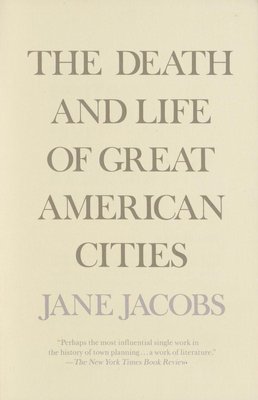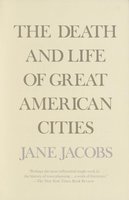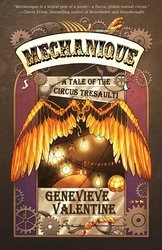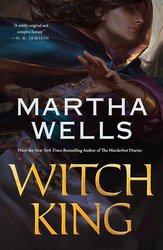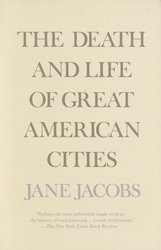A Legendary World-Builder on Multiverses, Revolution and the ‘Souls’ of Cities
N.K. Jemisin is a fantasy and science-fiction writer who won three consecutive Hugo Awards — considered the highest honor in science-fiction writing — for her “Broken Earth” trilogy; she has since won two more Hugos, as well as other awards. But in imagining wild fictional narratives, the beloved sci-fi and fantasy writer has also cultivated a remarkable view of our all-too-real world. In her fiction, Jemisin crafts worlds that resemble ours but get disrupted by major shocks: ecological disasters, invasions by strange, tentacled creatures and more — all of which operate as thought experiments that can help us think through how human beings could and should respond to similar calamities.
Jemisin’s latest series, which includes “The City We Became” and “The World We Make,” takes place in a recognizable version of New York City — the texture of its streets, the distinct character of its five boroughs — that’s also gripped by strange, magical forces. The series, in addition to being a rollicking read, is essentially a meditation on cities: how they come into being, how their very souls get threatened by forces like systemic racism and astronomical inequality and how their energies and cultures have the power to rescue and save those souls.
I invited Jemisin on the show to help me take stock of the political and cultural ferment behind these distressing conditions — and also to remember the magical qualities of cities, systems and human nature. We discuss why multiverse fictions like “Everything Everywhere All at Once” are so popular now, how the culture and politics of New York and San Francisco have homogenized drastically in recent decades, Jemisin’s views on why a coalition of Black and Latinx voters elected a former cop as New York’s mayor, how gentrification causes change that we may not at first recognize, where to draw the line between imposing order and celebrating the disorder of cities, how Donald Trump kept stealing Jemisin’s ideas but is at the root a “badly written character,” whether we should hold people accountable for their choices or acknowledge the way the status quo shapes our decision-making, what excites Jemisin about recent discoveries about outer space, why she thinks we are all “made of exploding stars” and more.
